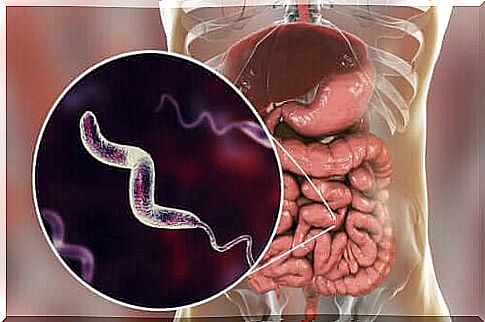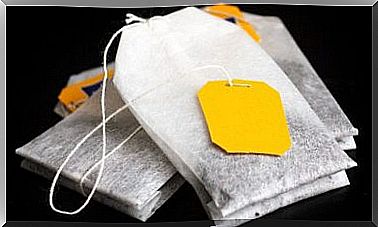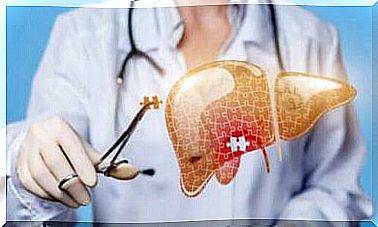Characteristics Of Campylobacter Infections

Campylobacter infections, also known as campylobacteriosis, are the most common cause of diarrhea worldwide and are, according to studies, responsible for up to 14% of these cases.
In addition, the World Health Organization (WHO) estimates that foodborne illnesses – including campylobacteriosis – affect one in ten people worldwide at any given time.
Of course, keeping the bacteria that cause these diseases at bay is not just a matter of hygiene. It can save many lives in the long run, especially in countries with poor health infrastructure. Hold on – in today’s article we will discuss campylobacter infections in more detail.
What are campylobacter infections?
Let us first emphasize that the name campylobacter does not refer to a single bacterial species, but to a genus in the form of a bacillus that contains at least 12 species that are pathogenic to humans. The most common of all is C. jejuni, and it causes up to 90% of infections.
This pathogen is one of the most common causes of diarrhea in Norway. Every year, the National Institute of Public Health is notified of 3,000-4,000 cases of campylobacteriosis. Outbreaks due to contamination of drinking water occur. In 2007, there was such an outbreak in Røros, where about 1500 people were infected. In June 2019, there is a major outbreak in Askøy municipality, where deaths have also been registered. These data confirm that campylobacteriosis is on the agenda.

Causes of campylobacter infections
In general, this infection is caused by eating unpasteurized milk or by raw or uncooked meat and poultry.
Campylobacter bacteria invade cells in the small intestine using a mechanism similar to non-typhoid salmonella, they cause damage and alter fluid absorption. This generates the characteristic medical situation that we will talk about below.
The most important sources of infection are:
- First, through the consumption of undercooked meat products, mainly of avian origin
- Through consumption of unpasteurized milk
- Due to the presence of the bacteria in untreated water
- Finally due to contact with infected pets or pets
Main symptoms
The most common symptom of a campylobacter infection is diarrhea – sometimes bloody. It usually appears between 2 and 5 days after contact with the bacteria, and usually stops on its own after 6 days. There are other symptoms such as:
- cramps and abdominal pain
- fever and fatigue
- nausea and vomiting
However, some infected patients never develop clear symptoms. In addition, deaths caused by campylobacteriosis are quite rare. It is mainly fatal in young infants, the elderly and people with immune diseases, such as those with HIV.
Diagnosis
It is easy to make a diagnosis when the symptoms are present. The professional must obtain a sample of the stool and identify and isolate the bacteria that cause gastrointestinal maladjustments by performing a test. There are also other faster types of tests that can identify the genome of the microorganism.
Treatment options for campylobacter infections
Campylobacter infections usually go away on their own within 3 to 6 days after the first symptoms appear. Nevertheless, the intake of mineral water is recommended to replace electrolytes lost in diarrhea.
Medicine is not necessary in most cases because excessive intake can lead to the occurrence of resistant strains. Therefore, self-medication is not recommended and antibiotics are prescribed only for the most severe cases.

How to prevent these infections?
As with most foodborne illness (FBD), proper food handling is the best form of prevention. Here are some steps to consider:
- Wash your hands before handling food or after touching a possible source of infection, be it an infected person or an animal.
- Cut raw fruits and vegetables and meat on different trays
- Heat treat foods of animal origin, regardless of whether they have been frozen before
- Always drink pasteurized milk and juice
- Under no circumstances should you drink tap water abroad
Concluding remarks
As you can see, campylobacter infections are the leading cause of diarrhea worldwide, and C. jejuni species are the most widespread worldwide. Most of the epidemiological outbreaks occur due to ingestion of raw meat, unpasteurized milk and untreated water.
Thus , the best measure to combat campylobacteriosis is to eat well-disinfected and properly prepared food. This means not mixing ingredients of animal and vegetable origin, and always exposing meat to high temperatures before consumption, and of course washing your hands before and during cooking.









